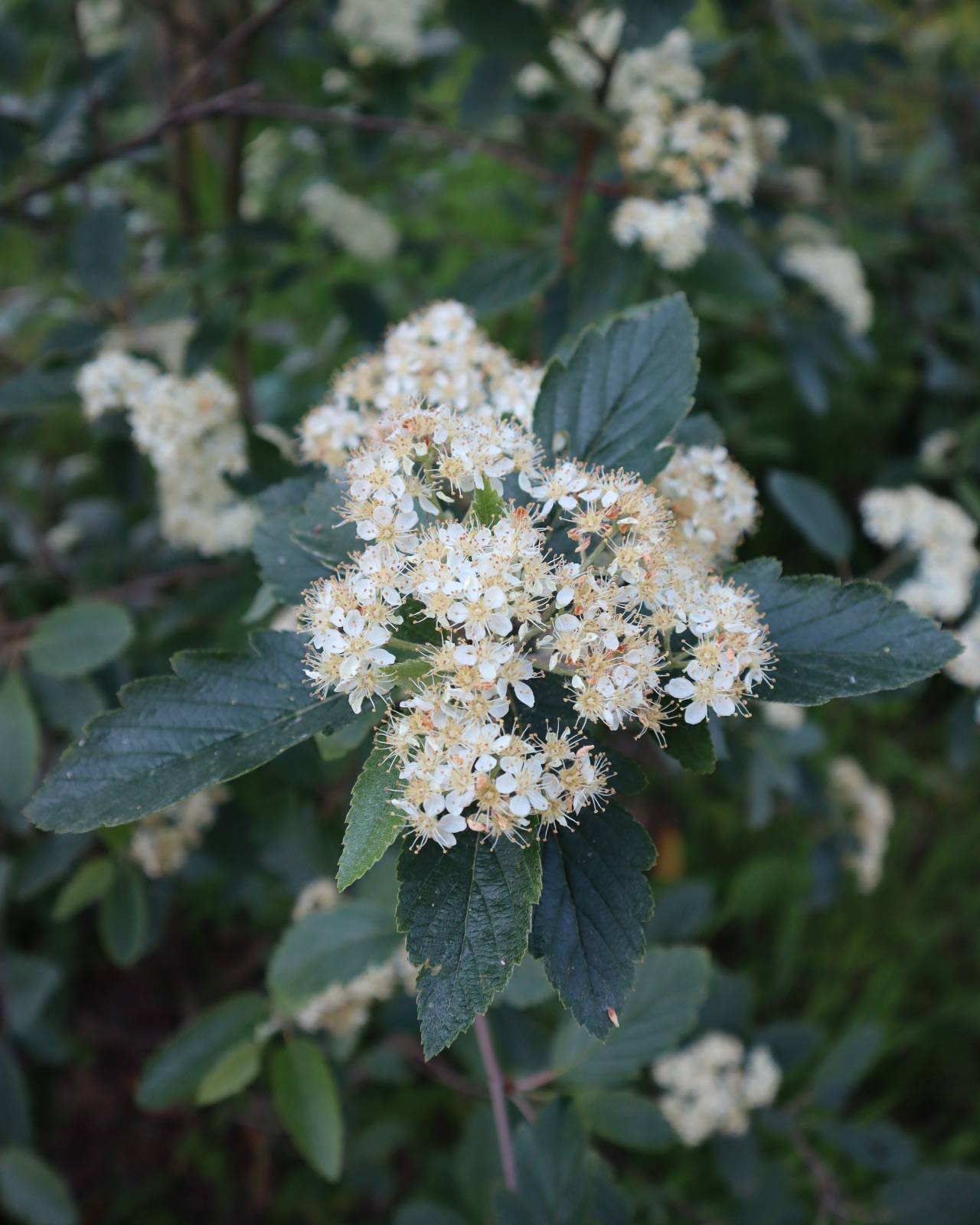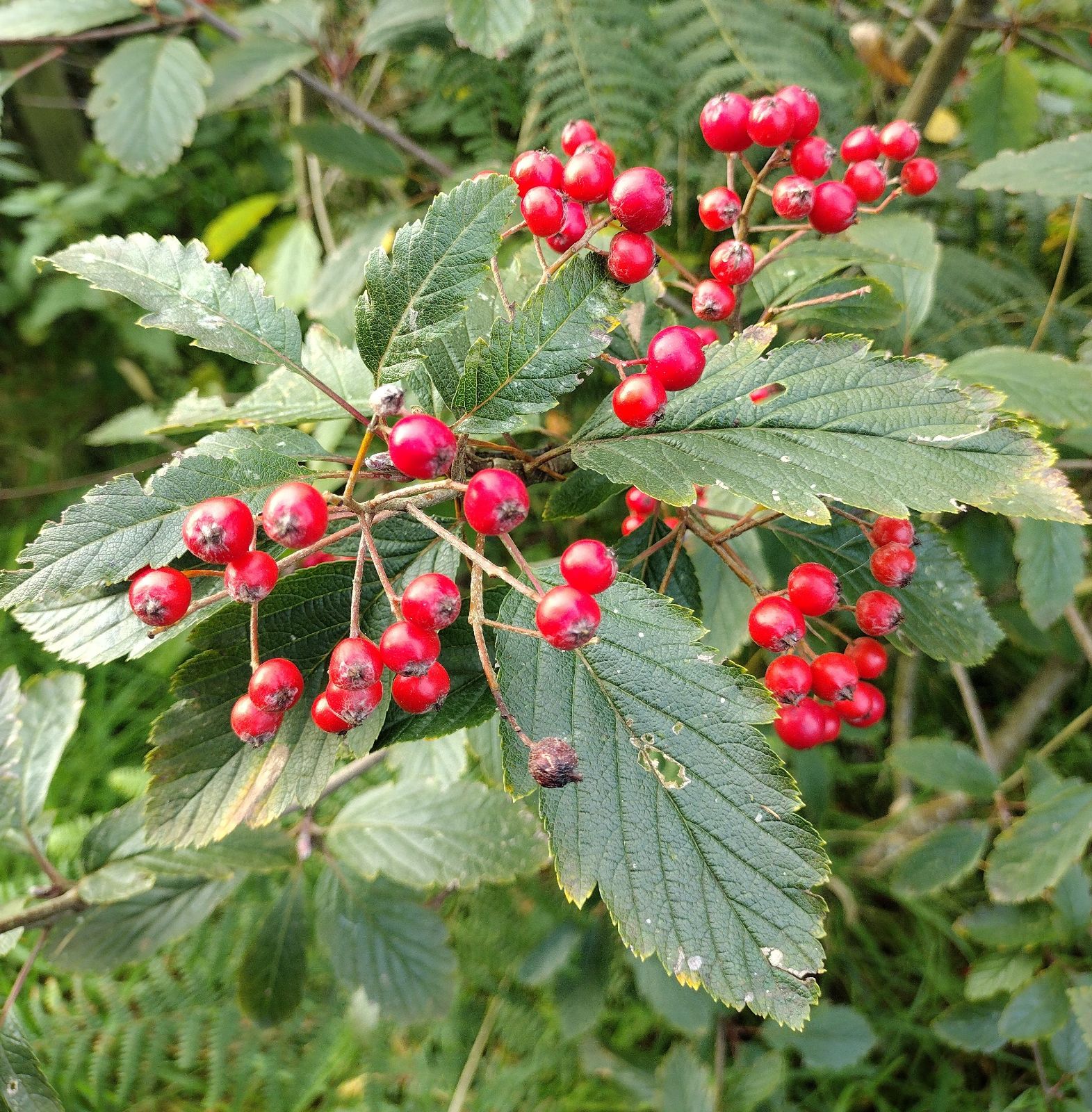Hedlundia minima
Credits
Article from Bean's Trees and Shrubs Hardy in the British Isles
Recommended citation
'Hedlundia minima' from the website Trees and Shrubs Online (treesandshrubsonline.
Genus
Synonyms
- Pyrus minima Ley
- Sorbus intermedia var. minima (Ley) Bean
- Sorbus minima (Ley) Hedl.
Editorial Note
The text below is that of Bean (Bean 1981) who discussed this taxon under the name Sorbus minima. We have created this hybrid article – Bean’s text under the correct modern name, with appropriate synonymy – whilst we await sponsorship to enable a full revision of this genus to be written. We are re-organising the Sorbus sensu lato articles in this way to enable a new revision of Sorbus sensu stricto to commence in 2023, and to bring the nomenclature of this complex group of plants up to date in line with modern treatments.
Bean discussed Sorbus arranensis (now Hedlundia arranensis) below his article on S. minima, and within this he in turn mentioned S. lancifolia (now H. lancifolia) and S. leyana (now H. leyana). For his comments on all these see H. arranensis.
TC, September 2023.
A shrub to about 10 ft high in the wild, with slender, spreading branches. Leaves simple, elliptic or oblong-elliptic, 23⁄8 to 31⁄4 in. long, about half as wide, narrowed at the apex, cuneate to rounded at the base, glabrous above at maturity and dull green, grey-tomentose beneath, lateral veins in mostly eight or nine pairs, margins sharply serrated, lobed, the lobes extending about one-quarter of the way to the midrib; petiole about 1⁄2 in. long. Flowers white, barely 3⁄8 in. wide, in narrow, round-topped clusters; the whole inflorescence white-tomentose, but the receptacles rather more densely so than the peduncles and pedicels. Anthers cream-coloured. Fruits scarlet, freely borne, globose to oblate, 3⁄8 in. or slightly less wide, sparsely dotted with lenticels; calyx-lobes still dry when the fruit is ripe.
S. minima is a British endemic, known only from limestone cliffs above Crickhowell in Breconshire and one locality about two miles farther west; described by Ley in 1895. It is an apomictic triploid species, deriving from S. aucuparia and some member of the Aria group, probably S. rupicola.


